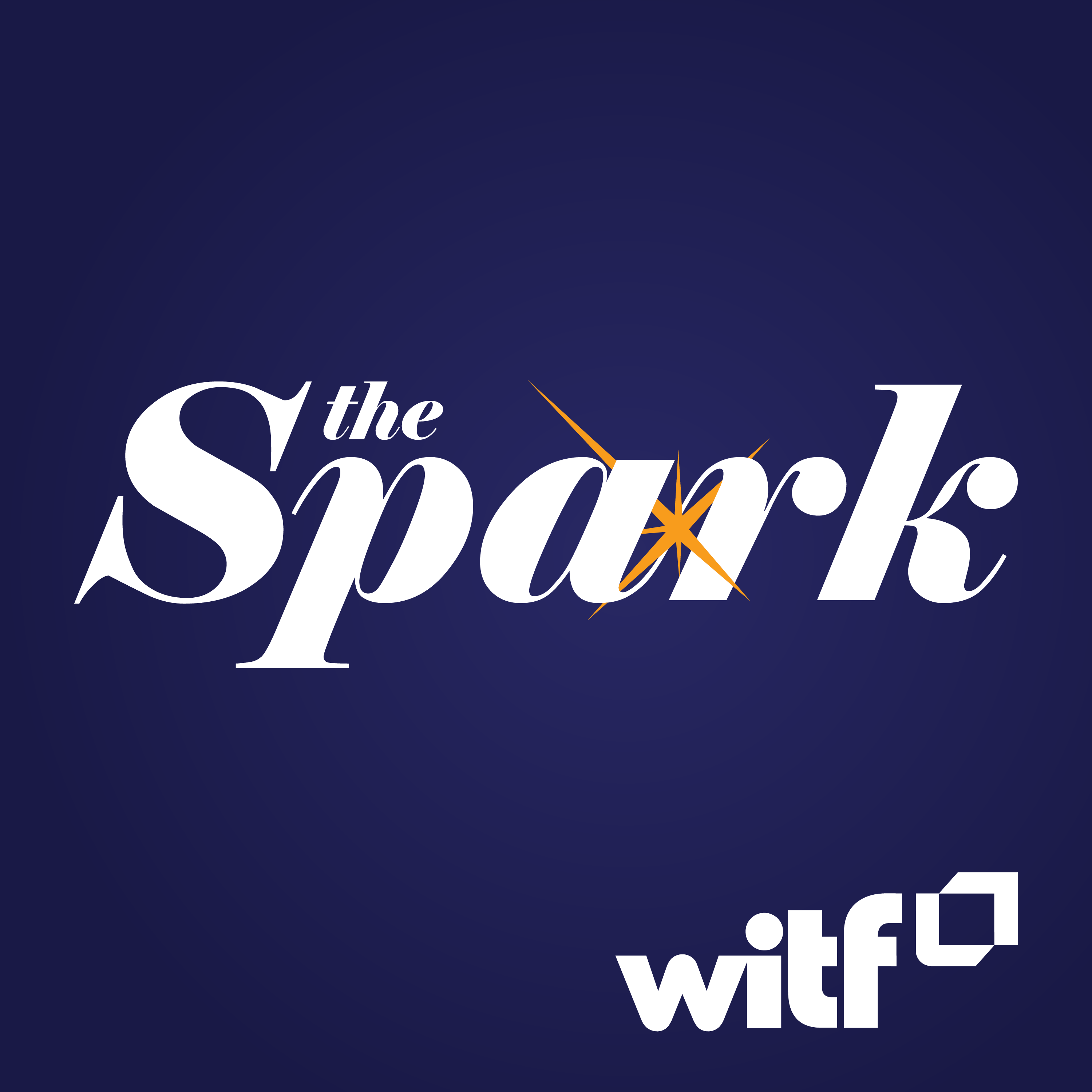- After-Shows
- Alternative
- Animals
- Animation
- Arts
- Astronomy
- Automotive
- Aviation
- Baseball
- Basketball
- Beauty
- Books
- Buddhism
- Business
- Careers
- Chemistry
- Christianity
- Climate
- Comedy
- Commentary
- Courses
- Crafts
- Cricket
- Cryptocurrency
- Culture
- Daily
- Design
- Documentary
- Drama
- Earth
- Education
- Entertainment
- Entrepreneurship
- Family
- Fantasy
- Fashion
- Fiction
- Film
- Fitness
- Food
- Football
- Games
- Garden
- Golf
- Government
- Health
- Hinduism
- History
- Hobbies
- Hockey
- Home
- How-To
- Improv
- Interviews
- Investing
- Islam
- Journals
- Judaism
- Kids
- Language
- Learning
- Leisure
- Life
- Management
- Manga
- Marketing
- Mathematics
- Medicine
- Mental
- Music
- Natural
- Nature
- News
- Non-Profit
- Nutrition
- Parenting
- Performing
- Personal
- Pets
- Philosophy
- Physics
- Places
- Politics
- Relationships
- Religion
- Reviews
- Role-Playing
- Rugby
- Running
- Science
- Self-Improvement
- Sexuality
- Soccer
- Social
- Society
- Spirituality
- Sports
- Stand-Up
- Stories
- Swimming
- TV
- Tabletop
- Technology
- Tennis
- Travel
- True Crime
- Episode-Games
- Visual
- Volleyball
- Weather
- Wilderness
- Wrestling
- Other
Pennsylvania getting $1.16 billion for broadband expansion but is it enough? Expert says no.
Pennsylvania will be receiving $1.16 billion in federal money to expand high speed internet access to thousands of homes and businesses. The announcement late last month of the amount of funding coming to the state was hailed far and wide. The Federal Communications Commission estimates that 300,000 or 6% of all registered service areas are unserved. The FCC identifies an unserved area as an area or address that lacks access to broadband speeds of 25 megabits per second for downloads and three megabits for uploads. Local areas were given the opportunity to question the FCC maps of where unserved or underserved customers are located, but some still aren’t confident in their accuracy and that has a direct impact on the money the state gets. On The Spark Wednesday, Sascha Meinrath, Director, X-Lab Palmer Chair in Telecommunications Penn State University, says the $1.16 billion should be a down payment because it's not nearly enough to provide high-speed internet to all the Pennsylvanians who don't have it. Here's how he described what that money would do,"We're looking to provision a lot of medium speed connectivity, which because right now we have abysmal speed connectivity and (the new connectivity) looks great. But the reality is also that the the necessity, the capacities that we will need over this next decade require us to think in terms of next generation connectivity, infrastructure. And right now, we're not, for the most part, doing that. It is expensive and time consuming and disruptive, right? You have to lay fiber, dig up roads, do all this work. But we have to do that. We either pay the billions today or we pay far more in terms of the opportunity costs and by opportunity cost." Meinrath estimated the state would need $4 billion to $5 billion to do that. Meinrath said that one of the problems Pennsylvania faces is the federal government's maps of where internet service is needed aren't accurate,"We need to do our own broadband mapping systematically to identify the reality of broadband connectivity in the state, because the official maps are hyperbolically ridiculously overstating of the extent of connectivity in this state. And because they overstate connectivity, we receive less funding than we should receive to bridge the digital divide, because officially people that don't have service are already served. That translates to the loss of several hundred million dollars, according to our assessments that the state should have received but didn't get because we didn't accurately assess how woeful our own connectivity realities are." Meinrath said costs to consumers is another huge issue,"We've seen some really fascinating and fascinating and kind of disconcerting way research from folks like John Horrigan, Pew Center, etc., that's documenting that the richer areas pay less than poorer areas for broadband service, which is to say you've got this really regressive reality where those that are on the wrong side of the economic divide end up on the wrong side of the digital divide because they are facing higher prices for the same service than their richer constituents, often within the same community. Some of the pricing work we did a bunch of analysis with Consumer Reports and we found that on the same street. We were seeing pricing differentials for the same service by upwards of 40%. But which is to say, imagine if you went and bought gas and your neighbor was paying 40% more or less than you were because none of the pricing at the gas station was transparent." Meinrath is one of the founders of Measurement-lab or M-Lab that provides free data on internet service and performance that anyone can use. Support WITF: https://www.witf.org/support

